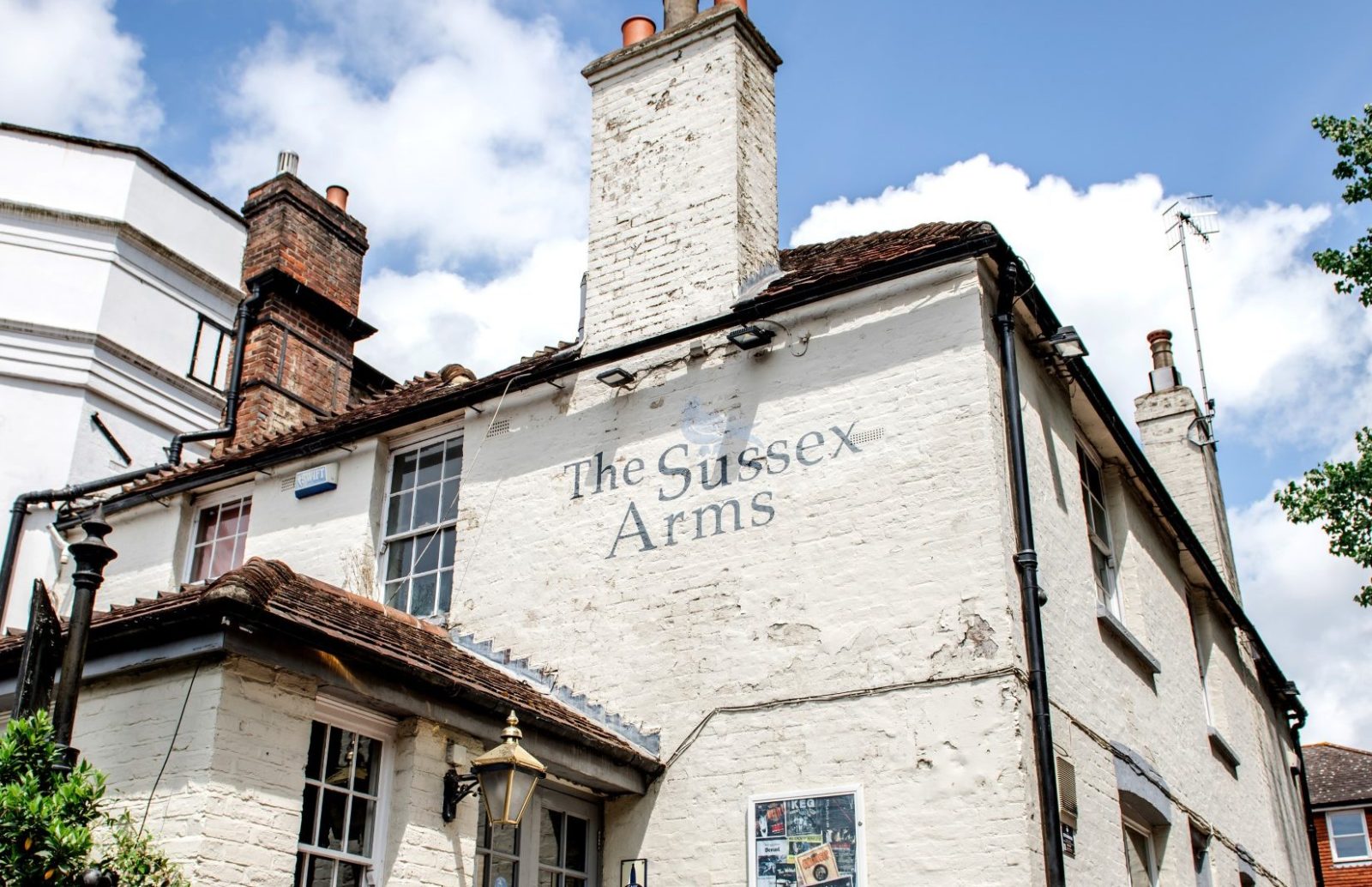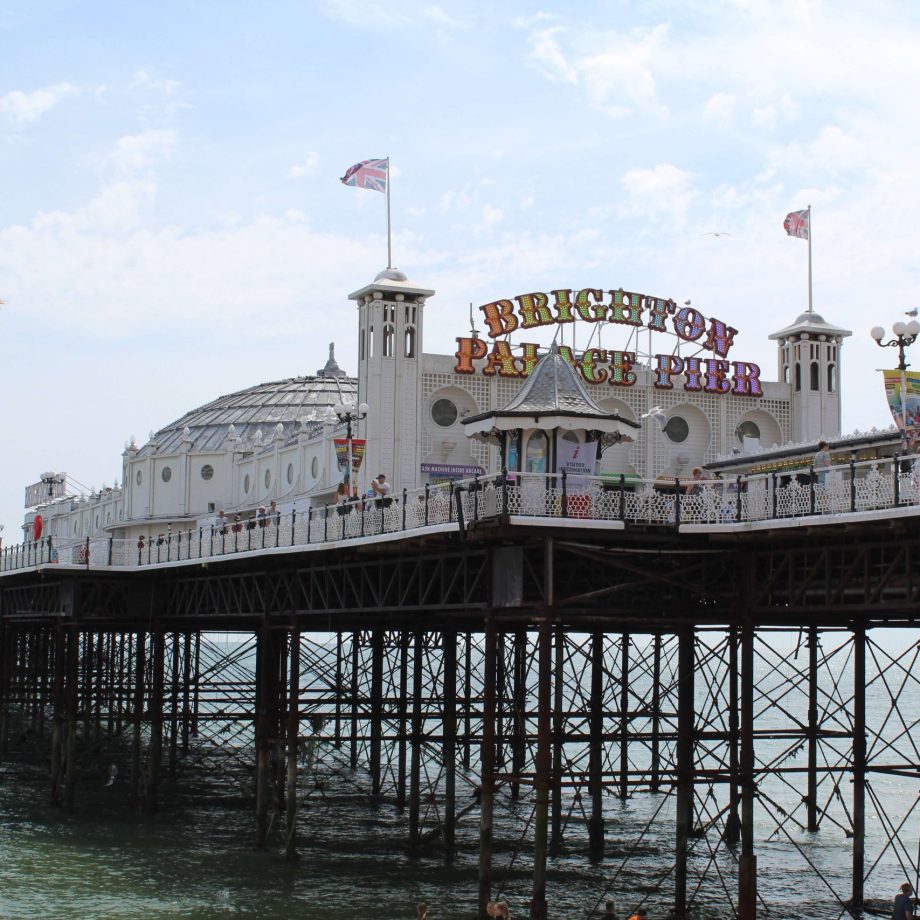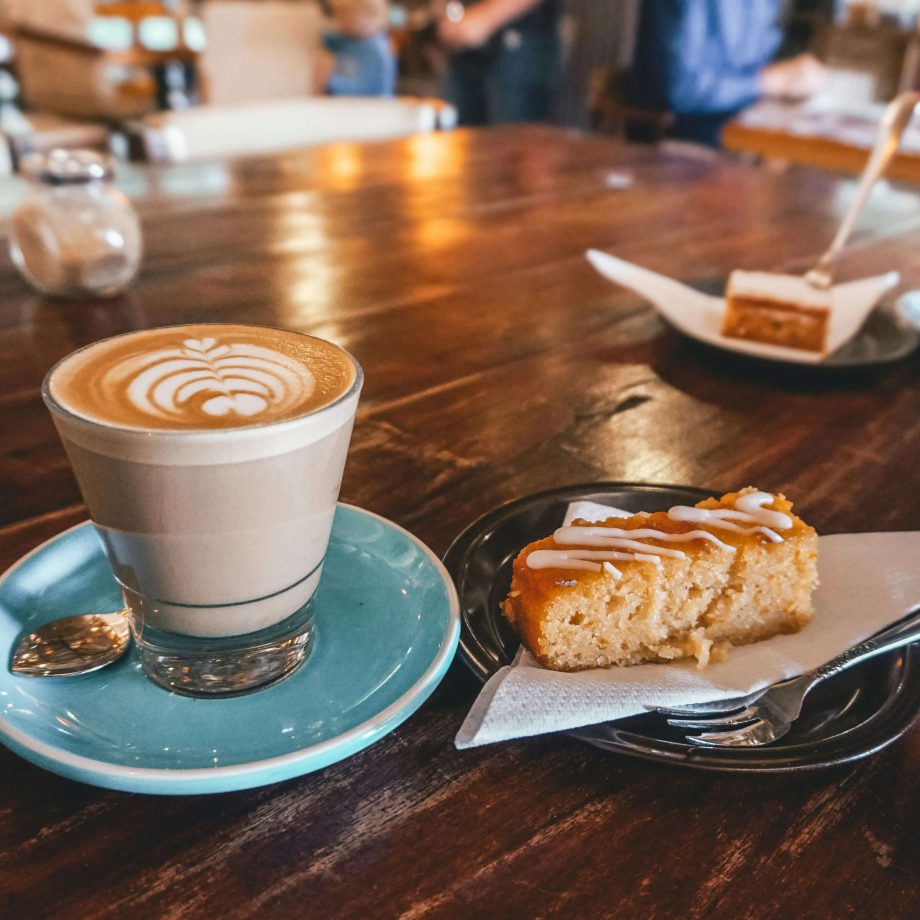Myths, legends, and folklore grow around pubs like ivy around ancient stone walls. Over time, the stories – both those grounded in truth and those that stretch the imagination – become so deeply woven into the fabric of these beloved establishments that it’s nearly impossible to tell one from the other. This blending of history and myth is why the topic of the oldest pub in England can get a little contentious. Some contenders have no historical evidence to back up their claims. And yet…
Regardless of the order in which these pubs were built or the sequence in which they served their first tankard of ale, the truth is that each historic pub in the UK offers a unique, sometimes even magical, window into our past. In our guide to the oldest pubs in England, we’ve included smugglers’ pubs, mediaeval taverns, and Georgian haunts – all with their own charm and character. So, let’s grab a pint and go!
Fancy a FREE pint of Fonthill Lager?
Join our email club and get yours today!
Top 17 Oldest Pubs in England
1. Ye Olde Trip to Jerusalem (1189 AD, Nottingham)
Resting against Castle Rock, just below Nottingham Castle, lies Ye Olde Trip to Jerusalem. The claim is that the Grade II listed pub was established in 1189 AD, though there’s no historical documentation to prove this.
Interestingly, however, the pub is attached to various caves carved out of the soft sandstone it is built against. Evidence suggests that these caves were used as a brewhouse for Nottingham Castle and may date from around 1067.
2. The Porch House (947 AD, Stow-on-Wold)
This beautiful inn lies in the Cotswolds. It’s been authenticated by the Guinness Book of Records as England’s oldest inn and is said to date back to 947 AD. A 16th-century stone fireplace in the building boasts ancient historic inscriptions – witch marks – used to ward off witches and protect against evil.
3. Ye Olde Salutation Inn (1240 AD, Nottingham)
Undoubtedly one of England’s most intriguing pubs, the Ye Olde Salutation Inn, or “the Sal” as the locals call it, is said to date back to around 1240. Beneath the Sal lies a labyrinth of large underground caves carved into the sandstone beneath Nottingham. The caves are remarkably said to date back to the 9th century; it’s believed they were part of a Saxon farm.
Aside from being one of the oldest pubs in England, the Sal also holds the title of the most haunted pub in the country, with one pub landlord believing it housed 89 resident apparitions. To this day, children’s toys, dolls, and teddy bears are placed in the caves below the pub, where it’s believed that Rosie, the spirit of a young girl, still haunts the cellars.
4. The Royal Standard of England (1086, Forty Green)
This stunning pub in Beaconsfield has a rich history that is said to date back to 1086. It was known as the Ship between 1213 and 1663 but is said to have adopted its current name after the Civil War. King Charles II awarded the alehouse its new name because it had been used as a safe haven by his father’s supporters during the war.
Today, the pub is open for food and serves an impressive menu of hand-made pub pies and local steaks. It’s also a popular filming destination; you may recognise it from movies such as Hot Fuzz and The Theory of Everything and TV shows such as Midsomer Murders.
5. Ye Olde Fighting Cocks (793 AD, St Albans)
Ye Olde Fighting Cocks in St Alban, Hertfordshire, claims to date back to the late 8th century. Although it was once recognised as the oldest pub in England by the Guinness World Records, the title was withdrawn from consideration as the claim was impossible to verify.
The pub’s unique octagonal structure is attributed to its original use as a pigeon house in the 11th century, known as The Round House. The first recorded reference to this establishment as an alehouse is from 1756.
6. The Old Ferryboat Inn (560 AD, St. Ives)
Situated on the banks of the River Great Ouse, The Old Ferryboat Inn reportedly dates back to 560 AD. As well as being one of the oldest pubs in England, it’s also home to Juliet Tewsley, a resident ghost who died in the pub in 1050 AD and is rumoured to rise every year on the anniversary of her death. There’s a stone slab inside the pub dedicated to her.
7. The Bingley Arms (953 AD, Leeds)
The Bingley Arms in Bardsey claims to date back to 953 AD. Reportedly, it served as a safe house for persecuted Catholic priests and a courthouse from 1000 AD. Although there’s no evidence to support these claims, the Bingley is a beautiful, historic West Yorkshire pub. The Bingley Arms’ beer garden is also home to an ancient yew tree that predates the pub itself.
8. The Mermaid Inn (1156 AD, Rye)
This grade II-listed historical inn sits in the ancient town of Rye in East Sussex. The Mermaid’s cellars date back to 1156 AD, which is also believed to be the year when the original inn was established. The famed, beautiful inn with its 16th-century Tudor-style additions is famous for its strong ties with the notorious Hawkhurst Gang of smugglers.
Smugglers used the Mermaid as one of their strongholds during the 1730s and 1740s. According to local legend, the ghosts of said smugglers and their mistresses still haunt the inn.
9. The George Inn (1397 AD, Wiltshire)
Dating back to the late 14th century, The George Inn is one of the oldest taverns in the UK. The beautiful pub sits in the picturesque village of Norton St. Philip near Bath. Features such as open fireplaces, oak-beamed ceilings, a historic courtyard where travellers of old would have tied up their horses and its traditional signage make this one a favourite. Samuel Pepys passed through the tavern on his way to Bath, and later, in 1685, the inn was used as the headquarters of the Duke of Monmouth during his rebellion.
The Oldest Pubs in London
10. The Guinea (1423, Mayfair)
Located in elegant Mayfair, the Guinea is said to date back to 1423 when it was established as an alehouse serving the people of the working class in the area. That said, it only adopted the name in 1657.
11. The Spaniards Inn (1585, Hampstead Heath)
According to legend, The Spaniards Inn was (at one point) owned by the father of the infamous highwayman, Dick Turpin. It’s also said that John Keats wrote his famous Ode to a Nightingale in the Spaniards’ garden, while the much-loved establishment also inspired Charles Dickens and Lord Byron. The pub is mentioned in Dickens’s The Pickwick Papers and Bram Stoker’s Dracula.
12. The Old Bell (1670, Fleet Street)
Built by Sir Christopher Wren, the Old Bell Tavern served the masons who rebuilt London in the aftermath of the Great Fire of London. With stone floors and stained-glass windows, this tavern has stood the test of time as it’s witnessed the evolution of Fleet Street from the centre of the printing and publishing industry to the financial hub it is today.
13. Cittie of Yorke (1430, Holborn)
Truthfully, the current building that is the Cittie of Yorke dates back to the 1920s, even though records show that pubs, under various names, have inhabited this site since 1430. The grade II listed pub on London’s High Holborn is listed in CAMRA’s National Inventory of Historic Pub Interiors. Entering this pub really is like stepping back in time, with high vaulted ceilings, dark wood panelling, antique furnishings, and its grand, hall-like back room.
14. The Prospect of Whitby (1520, Wapping)
Allegedly sitting on the site of the oldest riverside tavern (dating back to around 1520), the Prospect of Whitby has served as a meeting place for sailors, smugglers, cut-throats, and footpads. English historian and antiquarian John Stowe writes that the tavern was “the usual place for hanging of pirates and sea-rovers, at the low-water mark, and there to remain till three tides had overflowed them.”
If you do pop by, look out for the noose that hangs by the river. Don’t worry, though; the actual hangings (probably) took place about a ten-minute walk away down on Execution Dock.
Our Historic Pubs in Tunbridge Wells
15. The George, Tunbridge Wells, Early 18th Century
Our sister pub, based on Mount Ephraim, was built in the 17th hundreds. Historical records show that in 1739, The George was a coaching inn catering to travellers journeying between London and Tunbridge Wells. Traces of this history can still be seen in the wooden beams and exposed interior brickwork of the listed building.
In addition, The George stable block is now home to Fonthill Brewery, where real, British cask ale is hand-crafted in small batches of ten firkins at a time, using local hops from farms in Kent.
16. The Sussex Arms, Tunbridge Wells, 17th Century
Though it is now in Tunbridge Wells, the Sussex Arms stands on what was once the border between two counties: Kent and Sussex. Because of this, it became a favourite amongst criminals who could escape the (relevant) county’s bailiffs by simply strolling from one side of the pub to the other.
We’re very proud of our pub’s history. Dating back to the 17th century, The Sussex Arms is one of the oldest pubs in Tunbridge Wells. Originally built to cater to the hardworking coachmen and servants of the gentry, the Sussex is now a renowned haunt, welcoming everyone from guests and musicians to locals.
17. The Ragged Trousers, Tunbridge Wells, Early 18th Century
The Ragged Trousers in The Pantiles, Tunbridge Wells, was established as a pub in 2006, but it sits on the site of what was once Beau Nash’s old assembly and gaming rooms, built in the early 18th Century. A heritage plaque that bears his name can be found outside the building. Like many historic pubs in England, it has its own ghost: that of a coachman who has been spotted walking the pub with his lamp. Today, the Ragged is one of the friendliest pubs in Tunbridge Wells.
Exploring The Oldest Pubs in England
Ever caught yourself sitting in a cosy pub, nursing a pint, while your gaze casually traces the ancient oak beams and the numerous cracks and crevices that line the ancient walls surrounding you? It’s worth taking a few moments to appreciate the deep and rich history behind our favourite pubs. From plaques on the walls, historic pub names and historical records to anecdotes and even the architecture itself, we can build a picture of just how integral the British pub has been to our cultural heritage.
Visiting Tunbridge Wells? You may enjoy this guide to Tunbridge Wells’ Top Attractions.



